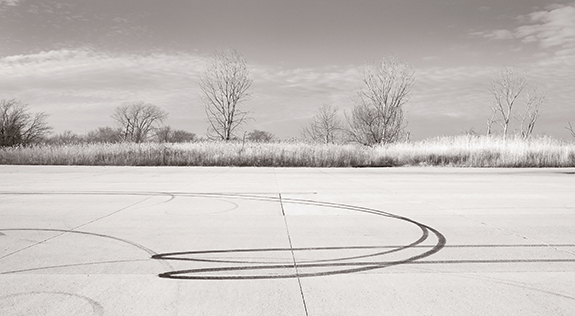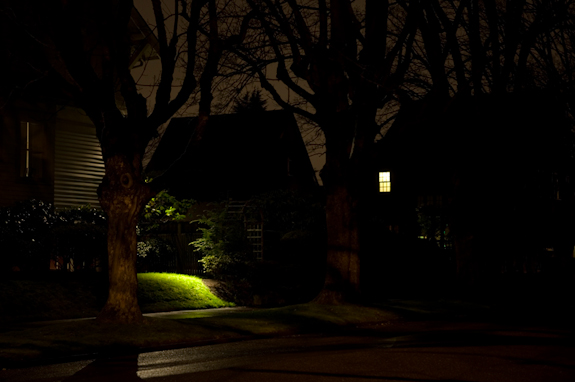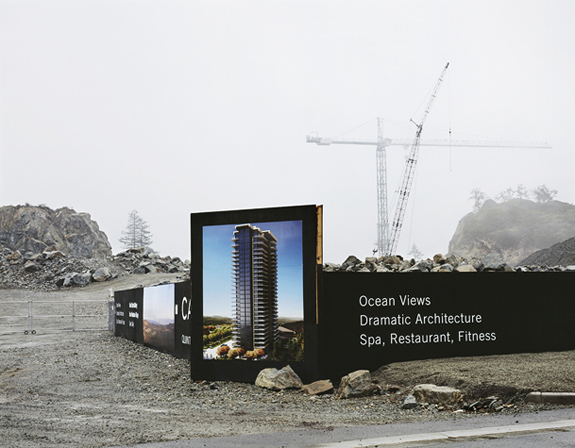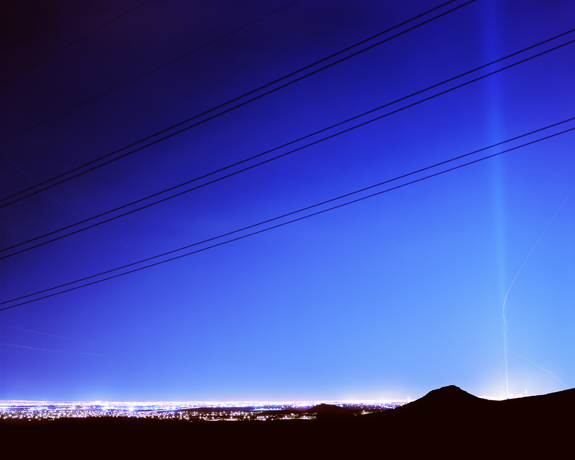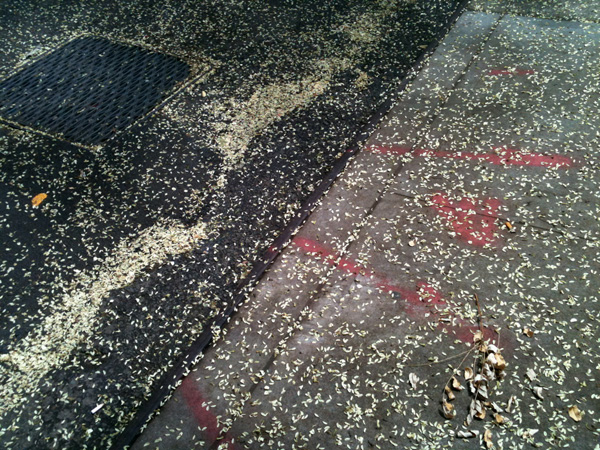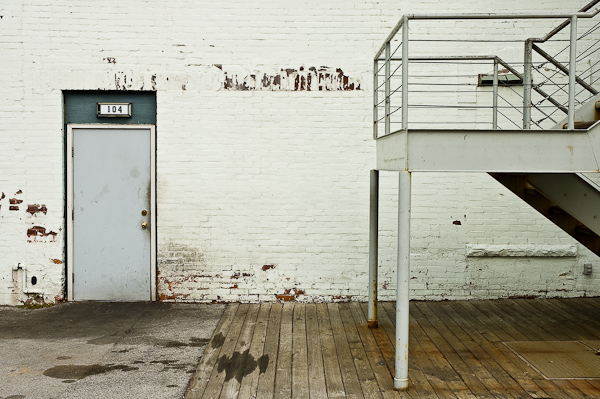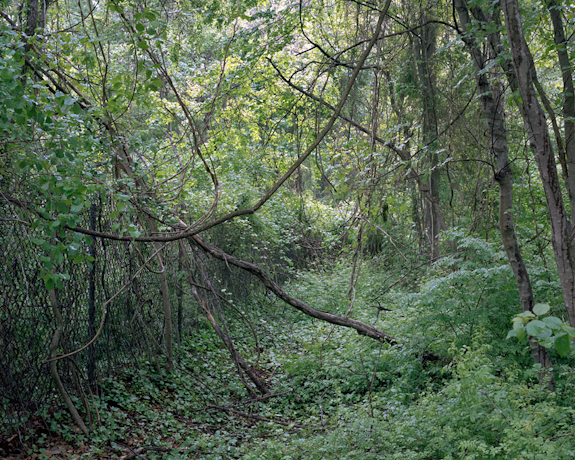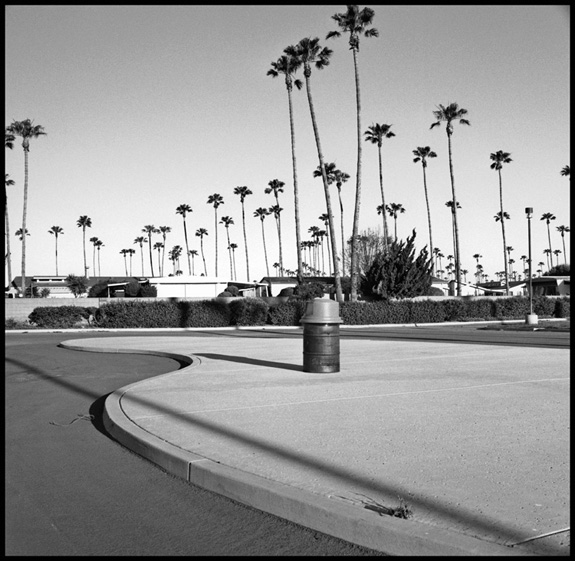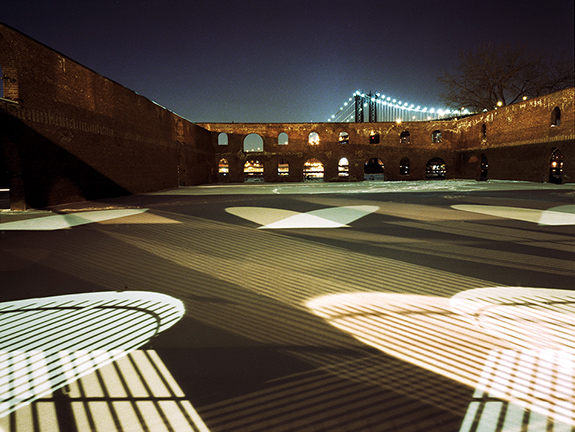
www.LynnSaville.com
As a photographer, I work the night shift, the time of transition from daylight to night. During this liminal period, natural light gives way to streetlight, moonlight, window light, and advertisement and surveillance lighting. The workday crowds ebb, and the city’s avenues, bridges, parks, and buildings begin to resemble a giant set, a theatrical approximation of a city.
Paradoxically, it is only in these moments of dereliction that we can begin to populate the metropolis with our own thoughts and fantasies.
Lately, I have searched out places where the highways and bridges of the city’s exoskeleton abut construction sites overgrown with weeds. Such places remind me of illustrations in anatomy books, cross-sections that reveal the body’s structure. Locations in Long Island City and Hunter’s Point, Queens, are rich in these juxtapositions. These areas, like others I have photographed in Manhattan’s former meat packing area and Brooklyn’s DUMBO section, show a city in transition from an industrial to a post-industrial phase.
I work with traditional media: medium format cameras and color negative film which I print in a traditional darkroom whenever possible. I use digital media for scouting places and for extremely large prints.
My subject is elusive: the locations that reveal the city’s dis-location, seen at the brief moments each day when the light itself is shifting.
— Lynn Saville
